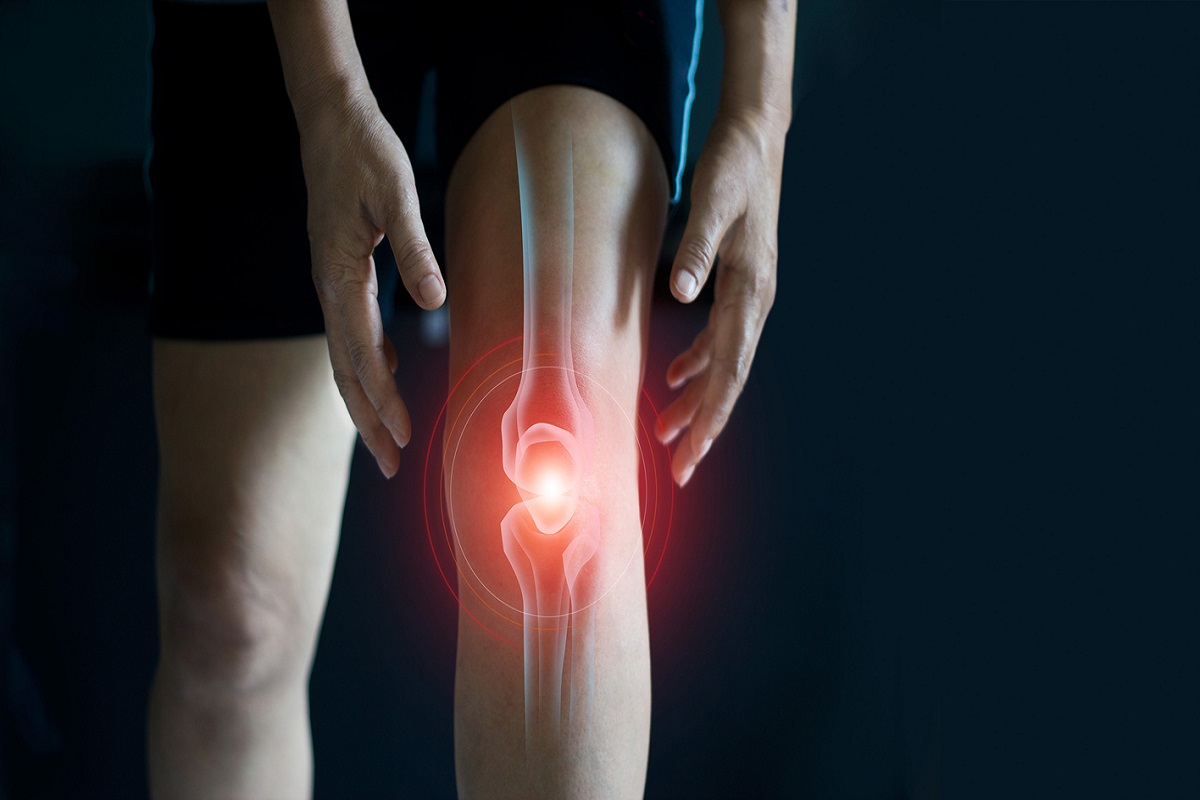Mongolian capital records lowest temperature so far this winter
This marks the lowest temperature recorded in the city so far this winter, the agency reported in a statement on Friday.
Along with the worsened conditions of their pain, their movements/mobility are restricted as they tend to experience stiffness in joints.
Statesman News Service | New Delhi | January 5, 2022 3:07 pm

Photo: iStock
Winter months are troublesome for patients with joint or bone problems. With an estimated 1 million cases, India stands second in the Arthritis World Map. The prevalence is relatively higher amongst the Indian workforce i.e population under the age 40 years. According to popular observation, every third person out of 10 people is living with arthritis in India. It is also emerging as one of the leading causes of physical disability in India. Winter further flares up the condition in patients who are already suffering from the ailment.
Along with the worsened conditions of their pain, their movements/mobility are restricted as they tend to experience stiffness in joints.
Advertisement
There is a strong correlation between temperature drop and worsening of the existing symptoms during this time of the year. In cold weather, the body conserves heat and sends more blood to the organs in the center of the body such as the heart or lungs. As that happens, blood vessels in the arms, shoulders and knee joints tend to constrict. As a result, less blood flow makes those areas even more cold and stiff. This causes increased levels of discomfort and joint pain, especially in the knee.
Advertisement
According to Dr Rajeev Verma, HOD, Joint Replacement, Orthopaedic Surgeon at Manipal Hospital, Delhi, “Each year we witness rise in the
number of senior citizens seeking treatment for increased joint pain and discomfort during winter. However, we are seeing an upward trend
in young adults, including those who have recovered from covid-19, consulting for bone and joint problems. In winters, people tend to
skip exercise and in general become lethargic. This can impact the knees and increase the level of pain. A regular 30-minute workout can
help lubricate the joints and stimulate blood circulation in the body. Staying active is the key to strengthen the muscles supporting the
joint, thereby helping in improved joint function.”
“With advent of technology, innovations such as a single radius knee technology, which mimics the natural knee that is circular in shape
and moves around single radius, has revolutionized knee surgeries making way for efficient and effective solutions which may last for
many years. It allows more soft tissue preservation leading to natural knee motion support and early restoration of mobility and lesser
physiotherapy sessions. Post-TKR, an individual can resume normal activities within 2 months. A round knee allows stable and efficient movement while climbing or descending stairs, playing light sports, amongst others,” Dr Verma shares.
While arthritis can be particularly stressful during the winter months, with care and caution one can avoid excrutiating joint pain and discomfort due to the condition.
Here are some tips that can help fight knee pain this winter: 1. Soak in the sun: Vitamin D plays a crucial role in joint healing. Several studies indicate lower level of vitamin D can increase joint and muscle pain. So, get as much sun as possible to fuel aching joints. And regulate your diet with nutritious and vitamin-rich foods such as orange, spinach, broccoli, dairy products, and dry fruits to strengthen your bones and joints.
2. Exercise regularly: An active lifestyle can keep joint pain away, especially for arthritis patients. Don’t let the cold wave outdoor deter you from exercise. Push yourself to take small walk breaks at work or while lounging around at home to keep your weight under control.
3. Layer up: A knee joint takes maximum stress than any other joint, so instead of wearing heavy sweaters and cardigans that can add up to your body weight chose layering of light yet warm clothes.
4. Consult your doctor: If physical therapy and medication are providing only short-term pain relief, it is important to get your joints examined by an orthopaedician. In chronic or advance arthritis stage, when all alternate treatments fail, total knee replacement is usually the recommended treatment for relieving pain and restoring knee function.
Advertisement
This marks the lowest temperature recorded in the city so far this winter, the agency reported in a statement on Friday.
Several flights and trains were delayed in the national capital on Friday due to dense fog while the minimum temperature in the city was recorded at 7 degrees Celsius, according to the India Meteorological Department (IMD).
The national capital ushered in 2025 with cold weather and polluted air. On Wednesday, the Air Quality Index (AQI) was recorded at 239 at 8 am, placing it in the "poor" category, while the minimum temperature dipped to 7.4°C, according to the India Meteorological Department (IMD).
Advertisement
